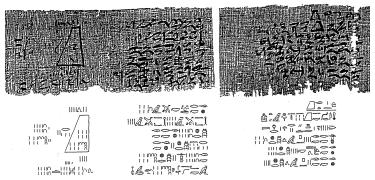
Listen here, Boyee. There are two parts to this "math" story and for the second part, you sure as hell have to make it up as you go on. This applies to any field. But I'm getting ahead of myself here. There is a historical part and the conceptual part. The historical part is one that may as well go back to Adam, or in other words the Pleistocene, because it involves the progression of mathematical ideas throughout history when the First Man, himself, gazed upon existence and put 2 and 2 together (figuratively, of course). The conceptual part goes back to when you were still mom's little bundle of joy and the stack (of concepts) was just as short as you, so in effect, it is also "historical" but that is besides the point. Well not really, there is notable parallel here between the knowledge of whole civilizations and the knowledge of reasoning individuals. The conceptual sequence is more self-explanatory, but in general I'm referring to the logical structure of mathematical science from each perceptual observation (evidence of your senses) and induction from counting numbers up to the Calculus. The point here is that although generations of humans have known xyz each individual has to learn xyz on their own, step by step. My argument is for the conjunction of these two stacks for the Mathematical education of the young. Not only do they need epistemology to form mathematical concepts but they also need a general historical narrative to engender an appreciation for the science itself.
N.b. In separate discussions, we will look at the historical development of induction from Aristotle onward but the process is demonstrated clearly in mathematics, so we won't be short on examples.